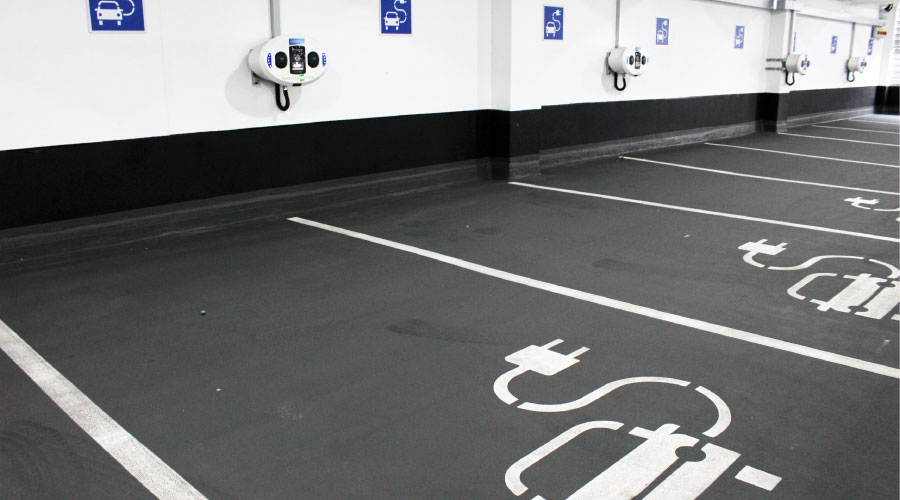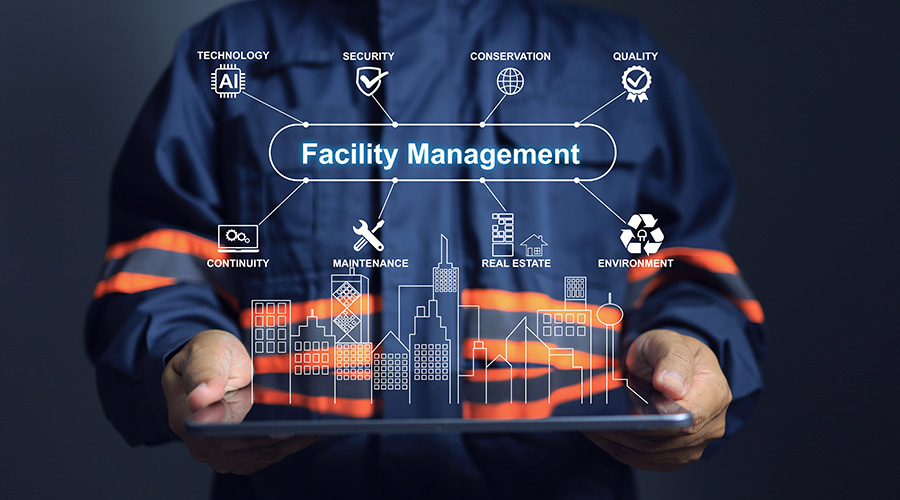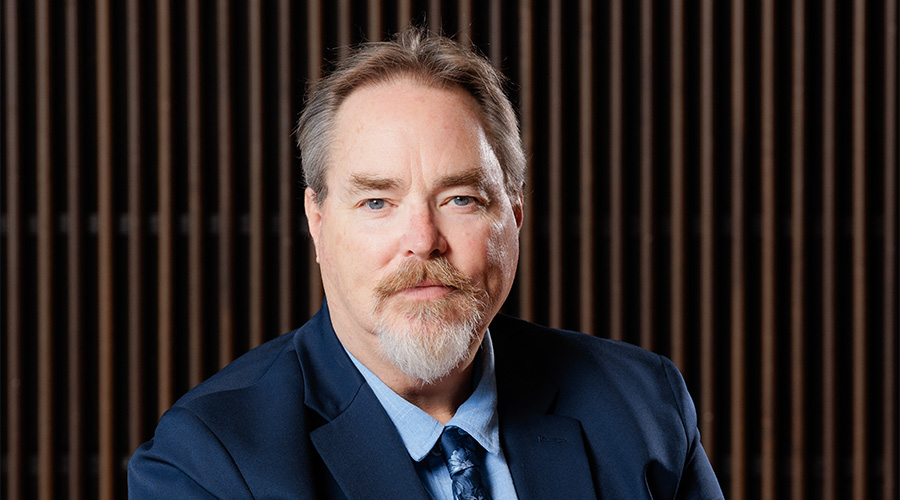Green Purchasing Benefits Go Well Beyond Bottom Line Savings
By Steve Schuster, Associate Editor
OTHER PARTS OF THIS ARTICLEPt. 1: This Page

Eddie Anderson,
Director of Facility
Planning and Construction,
New Hanover County Schools,
Wilmington, N.C.
|

Dwight Shoup,
Director of Buildings and Grounds,
Arkansas City (Kan.)
School District 470.
|

Matt Sheppard,
Director of College Facilities,
Minnesota State Community
and Technical College, Moorhead, Minn.
|
Specifying green products for maintenance and engineering departments can be a rewarding opportunity both for the environment and an organization's bottom line. In recent years, market competition for green products has increased, and environmental benefits have become more clear. Green product specification also has never been more affordable or easier, especially with directives from the U.S. Green Building Council (USGBC) and Leadership in Energy and Environmental Design (LEED) guidelines. Yet challenges remain for managers in determining the green products that will best suit an organization's needs and deliver the most financial and environmental benefits.
Q. How do your department's green purchasing practices fit into to your organization's overall sustainability mission?
SHEPPARD: As an institution, M State has increased efforts in both environmental and fiscal sustainable efforts. We are relatively new signatories to the American College & University Presidents' Climate Commitment, so we continue to develop purchase and practice procedures. All decisions have an immediate consideration of sustainability.
Q. Has your motivation for specifying greener products been more fiscal or environmental?
ANDERSON: Environmental. What we've found is that some of those (green) products are more expensive, but we do it because we feel it's the right thing to do. One example is in our cafeteria. We have eliminated a dish machine and have gone to products that are recycleable. We haven't been able to implement this on a district-wide basis because the products are more expensive. We are only doing this at our LEED schools. We are specifying utensils, dishes, containers, and milk cartons, which are 100 percent recycleable.
SHEPPARD: It is difficult to weigh fiscal vs. environmental influence. Without question, environmental is the first consideration, but serious discussion on financial relationship is factored. Two examples of recent products (or) projects would be a wind turbine project and solar LED street light project. The decision to purchase and install two wind turbines was based heavier on environmentally sustainable efforts. Our solar street light project is a fine example of both environmental and fiscal consideration. The increased cost associated had an extremely quick return on investment, and those are the decisions that come quite quick and natural.
SHOUP: My motivation for specifying products is fiscally based. I strive to specify environmentally sustainable products whenever possible within fiscal constraints. It is becoming more common for sustainable products to match or beat pricing against less sustainable products.
Q. What resources were most helpful to your department when specifying green products?
ANDERSON: The USGBC and resources they have. In addition to that, the architects, and engineers who have a LEED book. Once the project gets rolling, especially during construction, it's really the consultants that are our biggest resource.
SHOUP: EPA (U.S. Environmental Protection Agency) guidelines and some of the Energy Star ratings for products like that. I suppose the products that are used under the LEED program.
SHEPPARD: The state of Minnesota has put out their own initiative on green efforts, including chemicals and energy-saving materials. We pretty much follow those guidelines at this point.
Q. What types of products that you specify or purchase has sustainability affected the most?
SHOUP: We definitely have looked at trying to purchase custodial chemicals that are less solvent-based and that are more natural-based. We've gone to a water-based gym floor coating trying to lower the volatile organic compounds that are in our indoor environments. When I purchase carpeting, I do pay attention to the VOCs (volatile organic compounds) and to the recyclable content in our floor materials. I'm really looking at everything we do to look for those types of products that are getting us more sustainability and less landfill trash. I'm trying to make decisions that are based on environmental impact.
SHEPPARD: The most recent thing we've done is research solar (technology) for our parking lot and road lighting. We found that cost-effective, almost cost-neutral to go with solar. We are doing our first project with solar lighting. We are also completing two wind turbines, one on each of our campuses, two 65 kilowatt wind turbines. Our custodial managers try to purchase recyclable materials as much as possible, anything from toilet paper and chemicals. It's kind of our front-line effort for the college president's commitment to as much recycling as we can do and purchasing recycled goods.
ANDERSON: We of course want to use sustainable products, woods from certified forests, recycled content, and so forth. Our emphasis has really been on reducing our energy costs.
Q. How have your department's green purchasing practices or priorities changed over the past decade?
ANDERSON: A lot of things have almost been written into standard specifications and have become real common practice.
SHOUP: The awareness is much greater now than it was a decade ago. We've been moving that direction for easily the last 10 years, looking for products that are green. ... Being informed about products (is important), what (manufacturers) are saying and what (the products) will do and what they really do, takes a little research on my part.
SHEPPARD: It went from nothing to everything. I've been around in this going into my ninth year in facility management of this college. Prior to me coming around ... we didn't have any basic recycling program. Now, it's in every effort of ours to purchase green sustainable products.
Q. What has been the financial impact of changes in product specification to become more sustainable?
SHOUP: Actually, in many cases, we are spending the same or less money to find sustainable products. We certainly have extended the life of some of those products. ... We are saving money by paying attention to sustainability and energy consumption.
SHEPPARD: Initially, there was a noticeable cost difference, but right now, with the product line and diversity of products and just the competition out there, to me it's not even noticeable. From time to time, there may be a product that won't perform as good, but that's pretty rare.
Q. What is your department's next step in terms of specifying products more sustainably?
SHEPPARD: Right now, we're working toward developing a policy to purchase green whenever feasible. That's our next step is implementing the policy.
ANDERSON: I think it's a constant awareness of the marketplace. It's an area of the market that is ever changing and growing. There is more and more awareness of sustainability and the benefits. We are constantly trying to stay abreast of new products and new ways of doing things and trying to incorporate them into our projects whenever we can.
SHOUP: It's continuing practice of always being informed and knowledgeable about what we do buy and try to purchase things that are sustainable.
Related Topics:














